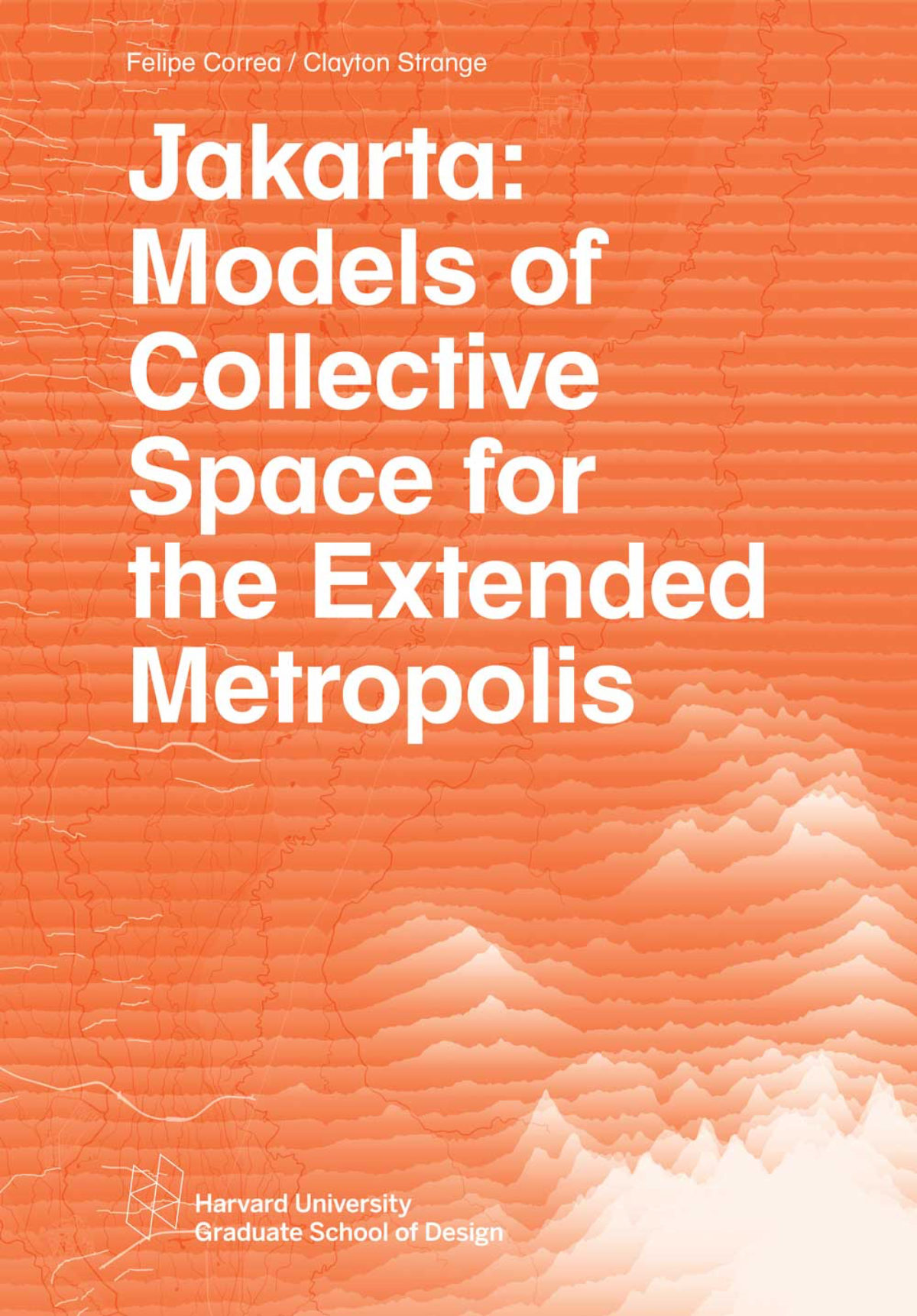Jakarta: Models of Collective Space for the Extended Metropolis

In a manner similar to other megacities in Southeast Asia, Jakarta has witnessed unprecedented metropolitan growth over the last 50 years. Defined as Jabodetabek—including the cities and regencies of Jakarta, Bogor, Tangerang, Bekasi, and Depok—this region covers more than 6,000 square kilometers, defining one of the largest conurbations across the globe. Not surprisingly, the area’s physical and social infrastructures have failed to keep pace with this rapid urbanization. Yet, the introduction of the Jakarta Mass Transit System (MRT) and the implementation of its first metro line, currently under construction, could help address these deficiencies. The first two phases of the MRT, which promise to consolidate a north–south high-density corridor through Jakarta proper, could catalyze novel and diverse notions of urban collective space.
This advanced option studio examines mass transit infrastructure in a context of extreme rapid urbanization as a driver for new models of collective space. Focusing on the metro station, these investigations explore how a mixed programmatic brief paired with a precise design intervention can redefine the broader urban landscape.
Jakarta: Models of Collective Space for the Extended Metropolis is a Studio Report from the Spring 2016 semester at the Harvard University Graduate School of Design.
Studio made possible with the generous support of AECOM.
Published by the Harvard University Graduate School of Design, Winter 2017.
Instructed by Felipe Correa and Clayton Strange
Series design by Zak Jensen & Laura Grey
174 pages, softcover, 17 x 24.5 cm
ISBN 978-1-934510-59-9
Available for purchase from the Frances Loeb Library and Amazon.com.